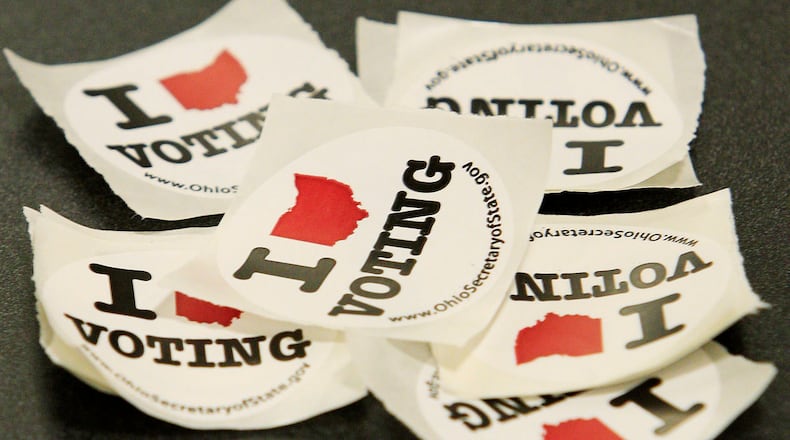The dissent, written by Justice Sonia Sotomayor says the law disenfranchises poor and minority voters.
Here’s a look at five takeaways from the court ruling:
1. You may have to re-register if you don’t vote regularly
Under the Ohio law, the state may kick people off the rolls if they skip a few elections and fail to respond to a notice from election officials. After skipping one federal election (every two years) voters get a notice. If they don’t respond and don’t vote in the next four years, they are removed from the voter rolls. Basically, voters are removed from the rolls if they miss three federal elections over six years and fail to return an address-confirmation card.
2. Impact on local election workers
One hurdle is likely to come from local governments, where election administrators would have to deal with disgruntled voters and manage an increase in the number of people placed on inactive voter lists, said Myrna Perez, who has studied voter list practices in her role as deputy director of the Brennan Center’s Democracy Program.
“Using one election as an indicator is going to lead to a whole lot of false positives,” she said. “There are plenty of states that clean their voter rolls successfully without being as aggressive as Ohio.”
3. Ohio has been purging voters for a while
Ohio has used voters’ inactivity to trigger the removal process since 1994. Yet groups representing voters did not sue over the policy until 2016, after Republican Secretary of State Jon Husted tightened the approach of his predecessor, Democrat Jennifer Brunner.
Brunner’s policy was to wait for two missed federal elections — not just one — before sending the address notification to voters.
4. Do other states do this?
Yes, but none of them have a schedule that moves as fast as Ohio’s. In most states with similar laws, the voter purge process begins after voters miss two or more federal elections. In Ohio, the process starts after missing one. Oklahoma, Georgia, Montana, Oregon, Pennsylvania and West Virginia have laws similar to Ohio’s.
RELATED Husted says replacing voting machines will be costly
5. Both sides make their case
Republicans have pushed for such restrictions, arguing without evidence that they are needed to combat what they say is widespread voter fraud. Democrats have pushed back, countering that the efforts are part of an attempt to suppress voting by Democratic constituencies, particularly minorities.
The New York Times and the AP contributed to this report.
RELATED Supreme Court to hear arguments over Ohio voter purge law

